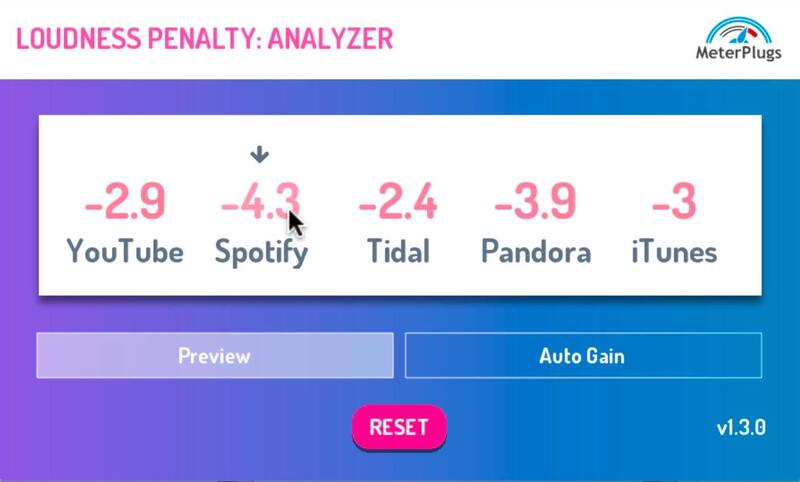Blog
Best Mixing & Mastering Services for Music Streaming
12 Nov '2021
Learn how the loudness rules have changed and get your music to make the grade online, we guide you through the best mixing and mastering services for music streaming.
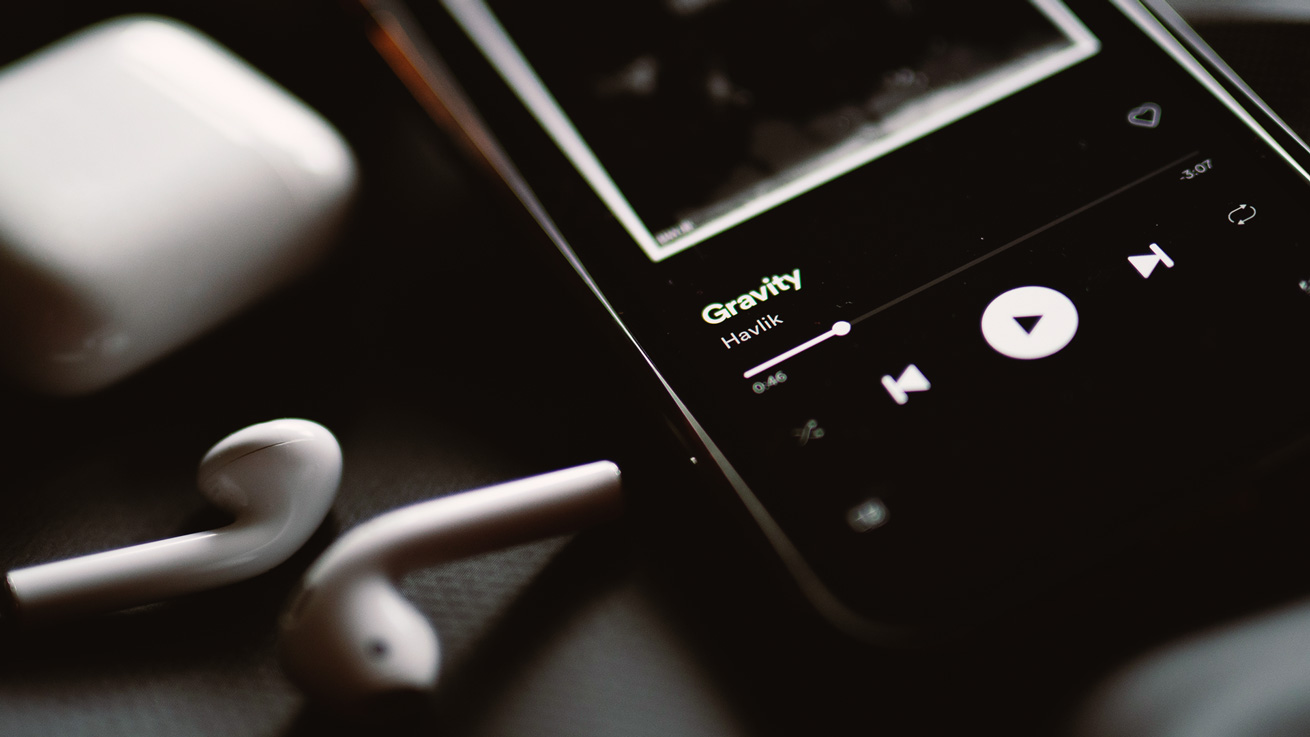
There’s rather a lot of music around these days, in case you hadn’t noticed. So much so that songs now have to be packaged with a dizzying array of bells and whistles if they want to stand any chance of ending up in your ears. That means anything from eye-catching artwork on Spotify, a vibrant music video leaping out at you from YouTube, or the next dance craze sweeping across TikTok.
These kinds of attention grabbing techniques aren’t exactly new in the industry, however. From music’s birth as a mass media product pressed to vinyl, through the CD revolution, the objective of many producers and engineers was to make each track as loud as possible – louder than the last, and loud enough to compete with the songs on the radio that came before and after. After all, you only get one chance to make a first impression; why not make it a loud one?
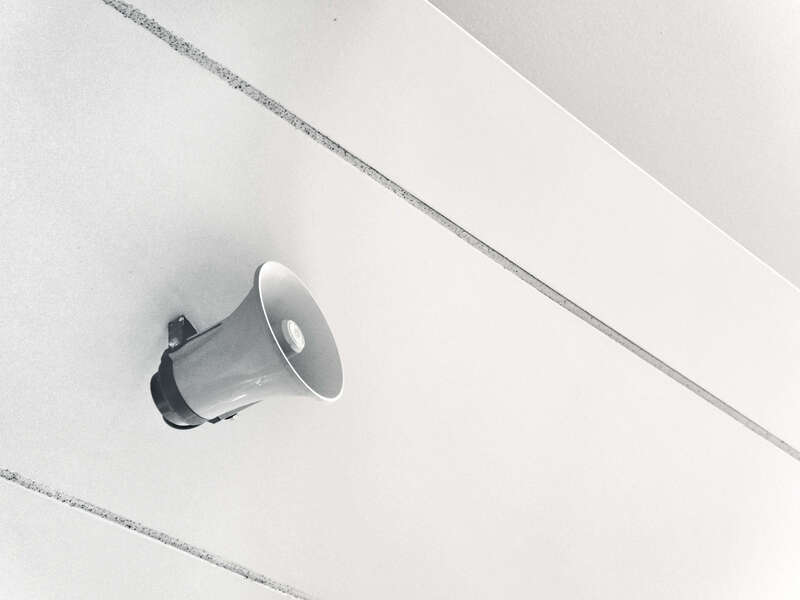
The loudness war raged until 2010, when a collective truce was called in the form of a new AES/EBU standard that sought to halt what was becoming a headlong ascent into the red zone. By the end of the decade all major streaming services were normalizing audio by default, meaning that they analyze an uploaded track and then place it within a standardised loudness range. The key point about this process is that it’s consistent – a death metal track can be followed by a smooth jazz tune, and because the differences in average loudness of the two songs has been compensated for, in theory there’s no need to touch the volume control.
A move away from loudness-for-loudness-sake leaves room for greater dynamic range, meaning that mixing and mastering engineers now have more space to create nuance and definition in tracks. But how does that actually work in practice, and more importantly, how can you make sure your own tracks are getting the right treatment? Read on to find out!
Building a quieter future
We mentioned earlier that the EBU (European Broadcasting Union) issued a new standard for loudness in 2010 that impacted how music was being engineered. This was EBU R128, a recommendation for a system of Loudness Normalization that specified both a way to measure the perceived loudness of an audio signal, and a target level for that signal.
When referring to audio signal level, there are two terms you’ll need to understand that relate to loudness: Peak and RMS. Peak is the highest point the audio signal reaches, while RMS provides a value for its average level over time. Instead of measuring the peak level of a piece of content, R128 measures the average level over time instead.
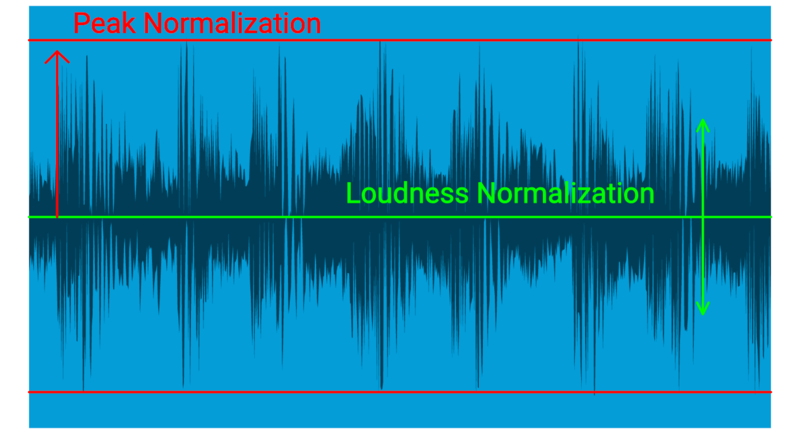
What’s LUFS got to do with it?
R128 is measured in Loudness Units Full Scale or LUFS. This is pretty much what we used to call db, except that instead of aiming for a maximum level of 0db, the new EBU standards aim for a much lower average level. Apple Music expects a level of -16 LUFS, and YouTube and Spotify seem to aim for -14 LUFS. This means that music that’s mastered with a very highly compressed sound will get automatically reduced. For example, a track that has a maximum peak volume at an average level of -6db would be reduced by as much as 8db!
True Peak
So, R128 brought with it a switch from peak normalisation to loudness normalisation, but peak values are still being measured – albeit in a different way. True Peak is a new unit of measurement that is found by recreating how a real, continuous audio signal actually behaves. MeterPlugs’ Ian Kerr explains…
“A typical ‘sample peak’ meter will simply look at discrete samples to determine the peak level. The problem with this is that the samples may not have been taken when the continuous signal was at its peak, so in these cases the sample peak meter will report a lower peak level than the actual peak level.
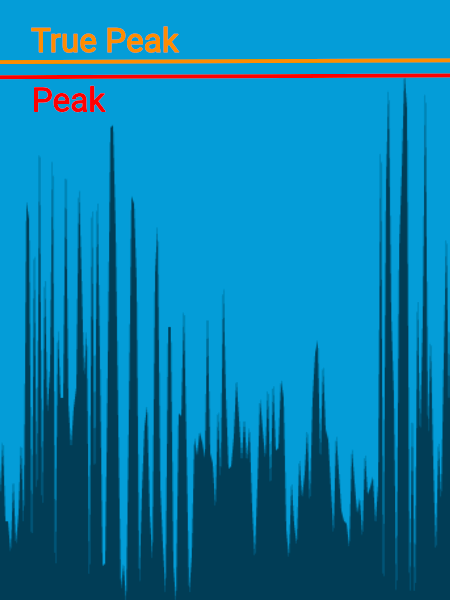
“This can lead to problems further downstream when processing decisions are based on this ‘faulty’ peak level. For example, suppose a mastering engineer applies compression and limiting to track, aiming for a sample peak level of -1 dB. It’s entirely possible that the actual, continuous peak level will exceed 0 dB in this case! When the track is ultimately converted back to a continuous signal for listening (by a Digital to Analog Converter), this could lead to distortion. It can also lead to artifacts when the track is encoded.
“True Peak meters aim to mitigate this issue by detecting inter-sample peaks: the peaks that occur between discrete samples. They do this by upsampling the digital signal, from 48 kHz to 192 kHz, for example. This reduces the likelihood that a ‘true’ peak will be missed, or reduces the amount by which it is missed, at least. The result is that True Peak measurements more accurately reflect the actual peak levels than a sample-peak measurement.”
Loudness Range (LRA)
As we’ve shown already, loudness can be measured, but the time window we carry out that measurement in makes a difference to the result. The EBU Mode specifies three methods which analyse loudness over different timeframes. Momentary has a window of 400ms, which helps to meter transient and highly dynamic material; Short-term increases the window to 3s, giving a wider view of the loudness in a musical context; Integrated keeps track of the loudness throughout an entire track.
Another factor that R128 had to take into account was that music changes in loudness throughout a track. This is now measured with LRA, which describes the variation of loudness in a track on a macroscopic time-scale, and is supplementary to the main audio measure. Essentially, LRA is the difference in loudness level between the soft and loud parts of an audio signal. If, for example, you had a track that started with a lone vocal over some atmospheric synths, and then escalated into a full blown assault of guitars and drums – the LRA for this track would be relatively high. On the other hand, a techno tune that doesn’t really vary throughout would give a lower LRA reading.
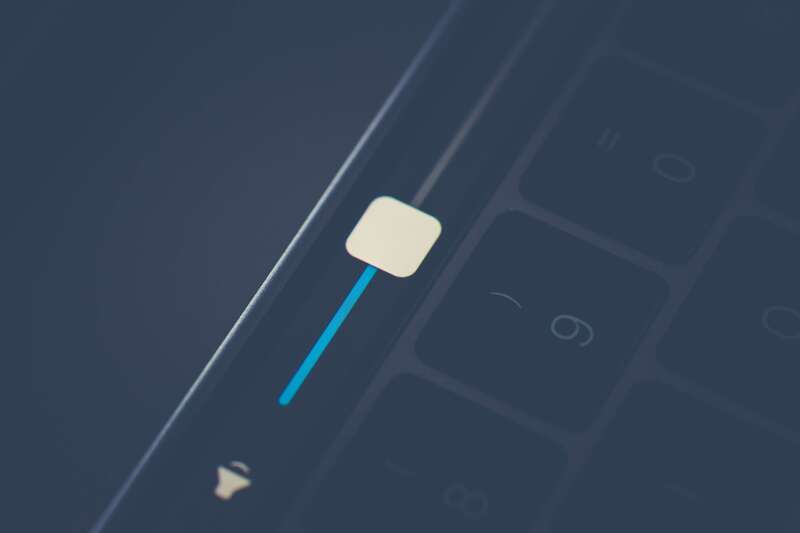
This is all well and good, but streaming services like Spotify and Apple Music are not currently responding to LRA when they analyze uploaded tracks. This means that a loudness spike in even a small section of a track will cause the entire track to be turned down based on this one portion. The knock-on effect of this is that it incentivizes a reduction in the LRA throughout a track, meaning fewer changes in loudness.
Three plugins for checking your loudness
YouLean Loudness Meter 2
FREE / $47
This is a useful visual aid that allows you to measure the true perceived loudness of your audio. With multiple measurements (LUFS, LRA, DR, etc) and a clear dynamics graph you can easily keep tabs on your mixes, avoid over-compression and make sure they meet the requirements of different streaming platforms. Youlean.co
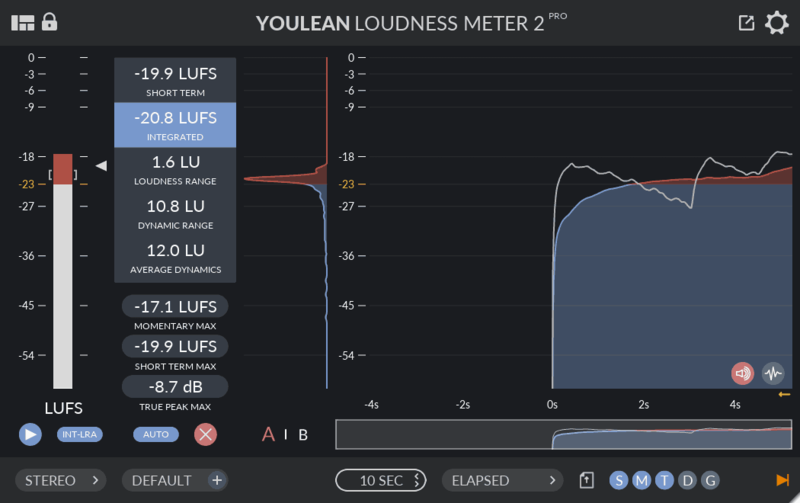
Mastering the Mix - Levels
$69
Levels from Mastering The Mix presents the metering tools that are needed in today’s loudness-normalised world in an affordable, easy-to-use package. Get your readings right here and you won’t be on the wrong end of any nasty surprises when you hear your music playing from Spotify or YouTube. Masteringthemix.com
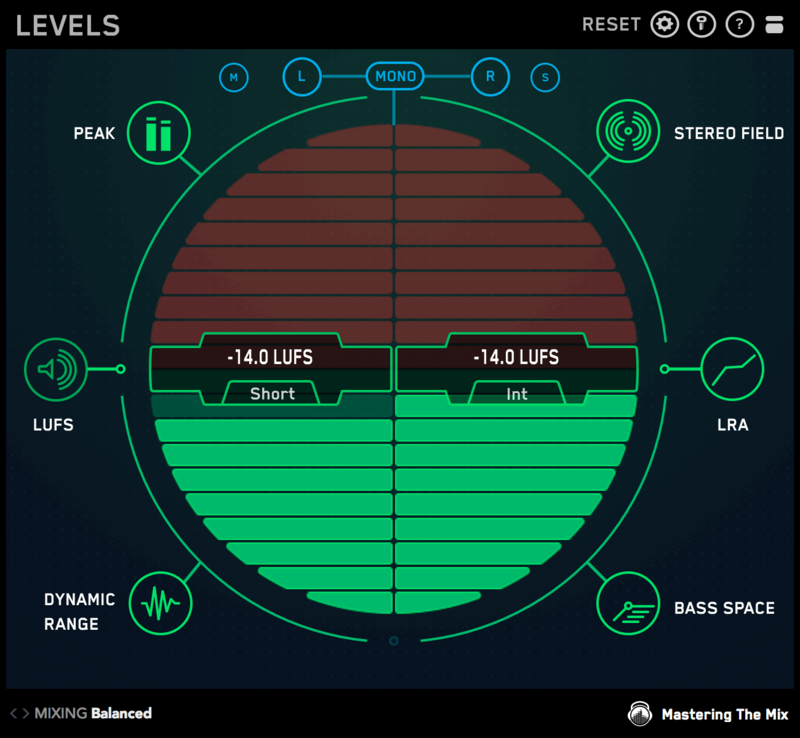
MeterPlugs Loudness Penalty
$49
Simply add Loudness Penalty after the final limiter on your master track, and within seconds it will display the ‘loudness pain points’ in your mix that need to be adjusted. According to MeterPlugs, their method for measuring your music will result in a reading that’s within .5dB of how your music will be normalised. Meterplugs.com
